Our Need Knower
The client is a bright 14-year-old boy with a passion for playing the piano, basketball, and tennis. He loves spending leisure time with his elder sisters. Despite facing challenges, this clever young boy with high spirits dreams of becoming a pilot one day.
Physical Characteristics
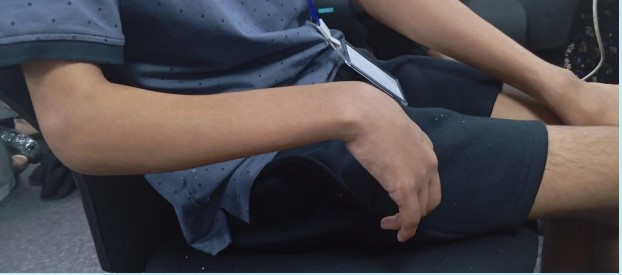
The following features are exhibited in his right side upper limb:
- Average shoulder and elbow active movements.
- Limited forearm active movements.
- Wrist in flexed position and limited active movements in the wrist and fingers.
- Spasticity +
- Able to raise hand up to the mouth and forehead level.
Procedure of Decision Making
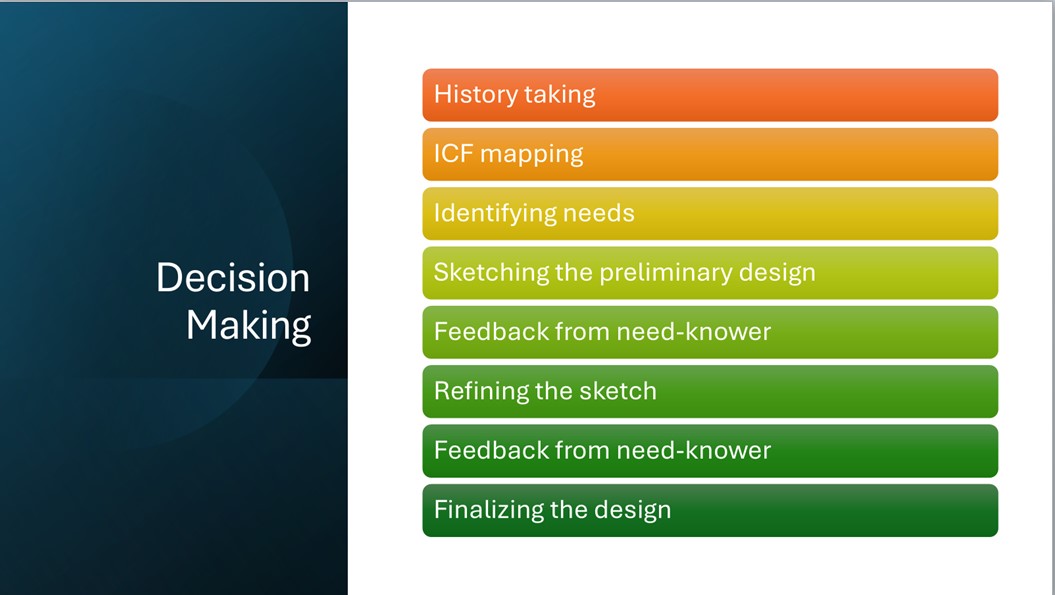
This starts with history taking and ICF mapping to understand the user's context and needs. It progresses through sketching, making, and refining the design based on feedback from the need-knower. The process ultimately ensures it meets the identified requirements effectively.
Subject/Needs
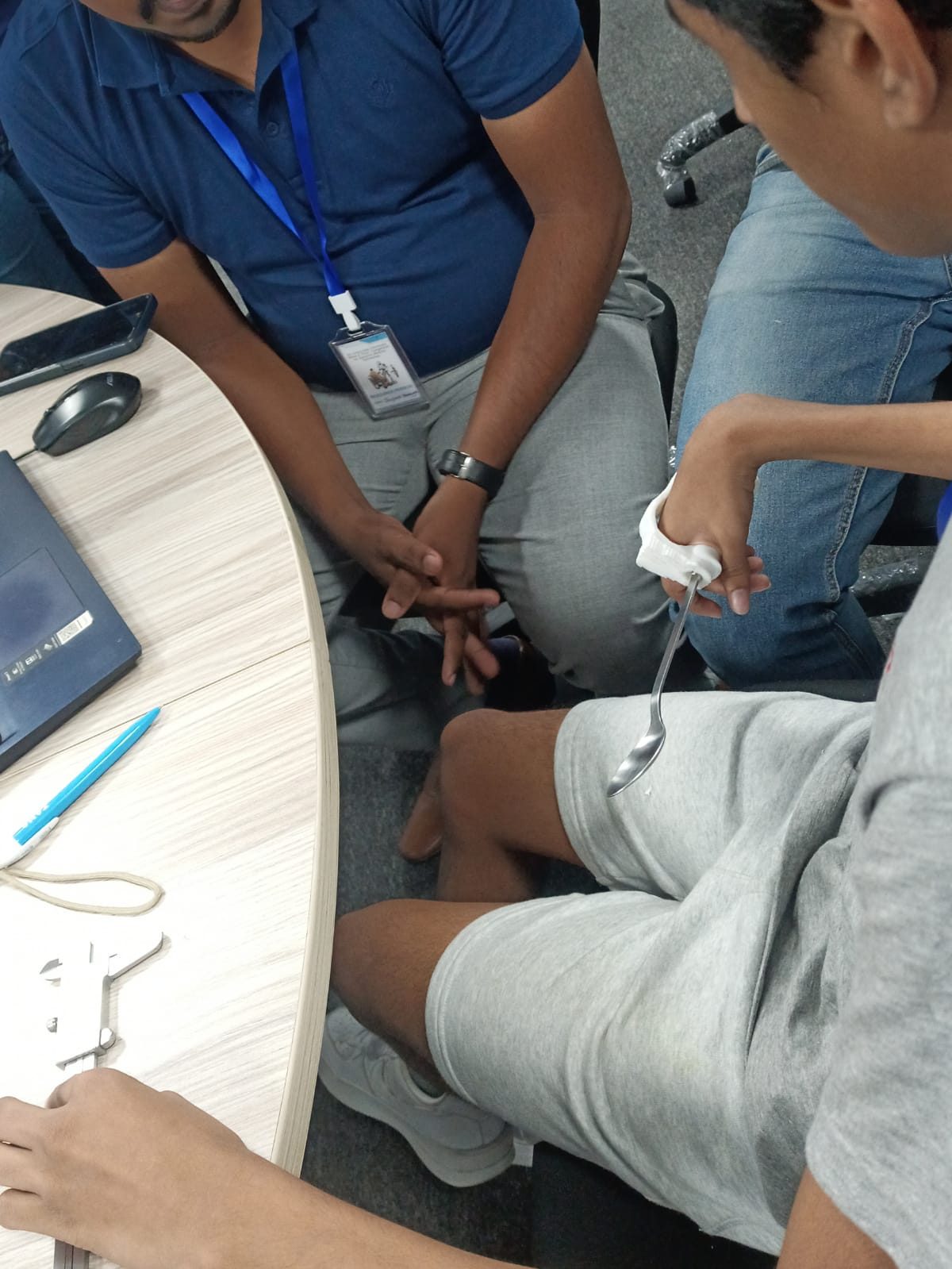
Our client, with limited forearm, wrist and finger movements, faces challenges to grasp objects for eating, learning, and leisure activities. He enjoys playing the piano, drawing, and mobile games and seeks ways to regain his bimanual hand functions to explore the world again.
Needs Assessment
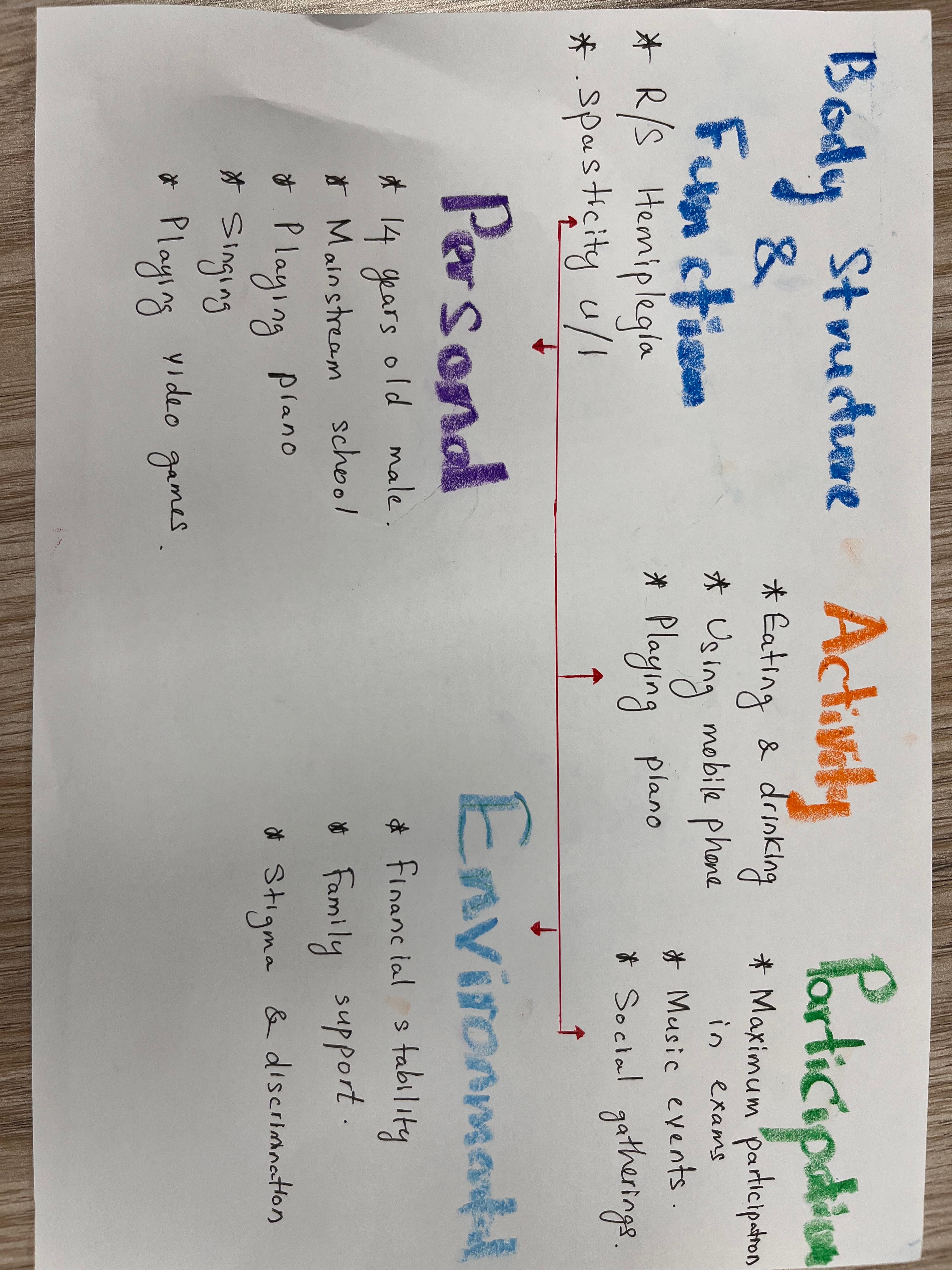
We followed the ICF framework by WHO to view this young boy holistically. The identified needs were addressed under the Activities of Daily Living. This includes eating and drinking (self-care), education (productivity), and playing the piano and mobile games (leisure).
Ideation
Objectives:
Our need knower to become independant during his,
by using his preferred dominant hand facilitated through 3D printed tools.
Our need knower to become independant during his,
- meal times
- Writing/drawing activities
- Leisure activities
by using his preferred dominant hand facilitated through 3D printed tools.
Our first design
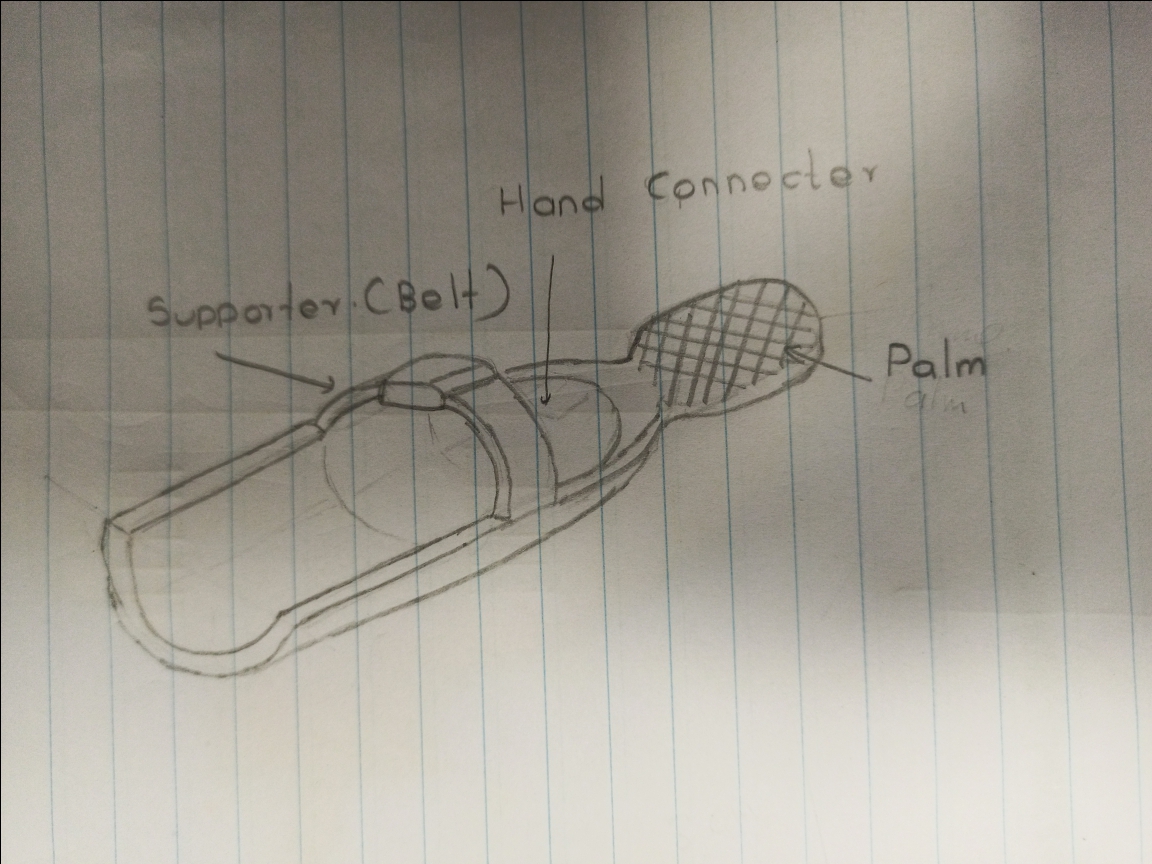
Initially we designed a wearable device with forearm support, serving as a universal tool for multiple tasks.
Drawbacks
- Discomfort for the user
- Excessive dependency on others
- User negative feedback
These challenges led us to refine our design for better functionality and independence.
Final sketch
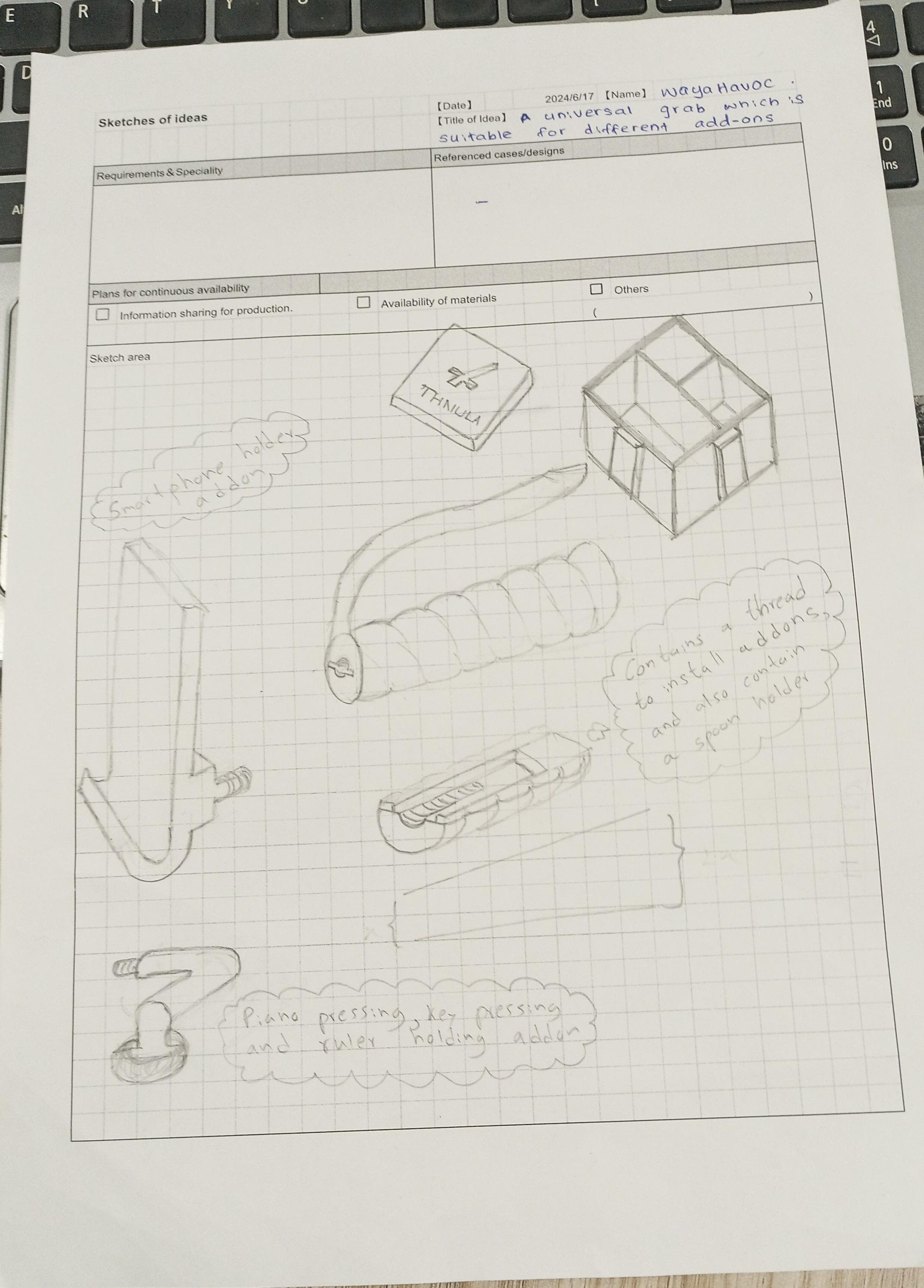
We designed a universal gadget for
1. Easy spoon and fork attachment,for eating and drinking
2. A rubber press for piano and typing
3. A grip for rulers, pens, and pencils
4. A phone holder
and an individualized toolbox for easy tool storage and transport.
Factors Considered
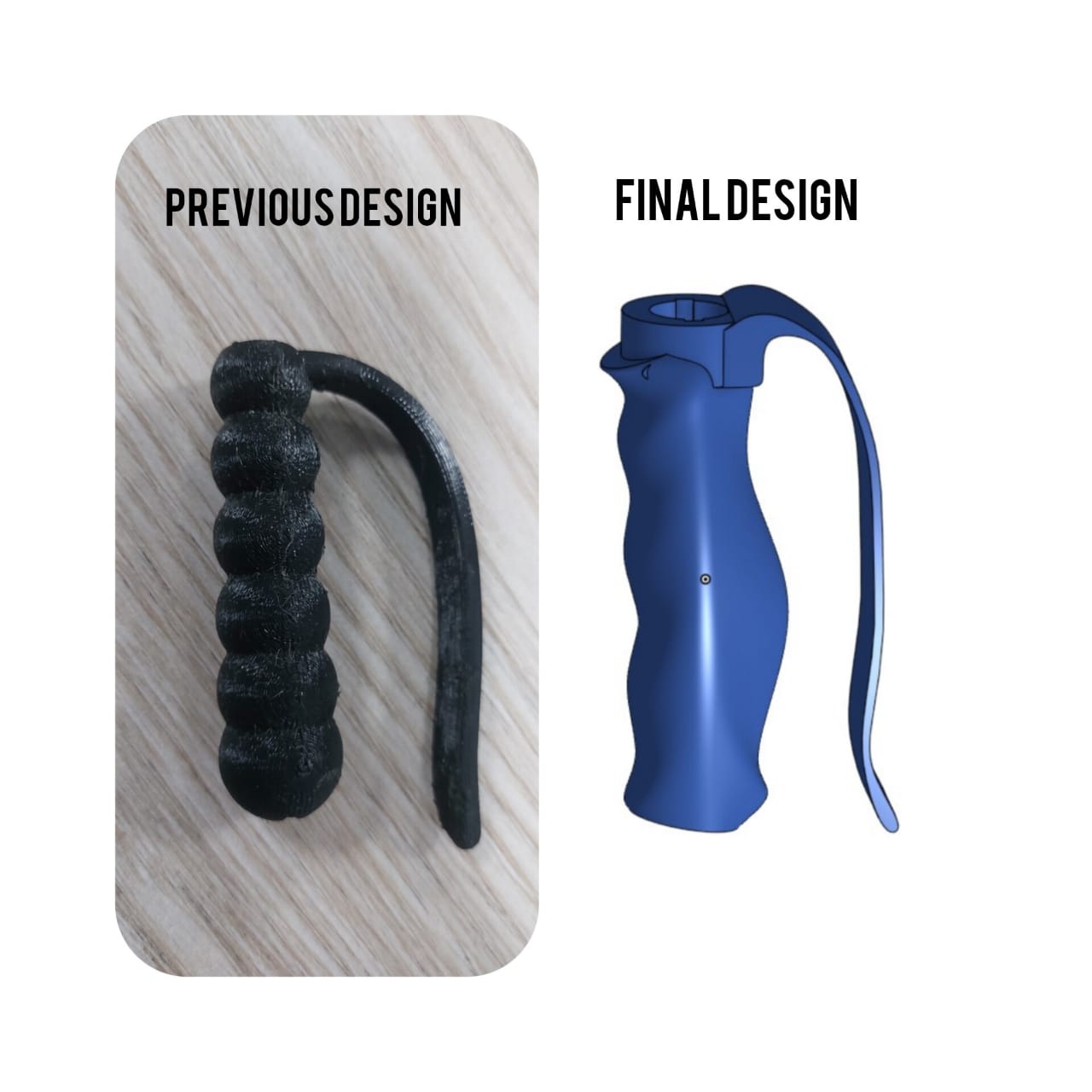
We followed a client-centered approach by customizing using his favorite colour,favorite game character. We consideredFlexible TPU or Silicone Rubber
- Appearance
- Portability
- Comfortability
- Generalizability
- Ease of use
- Independence
Measurement Taking Process
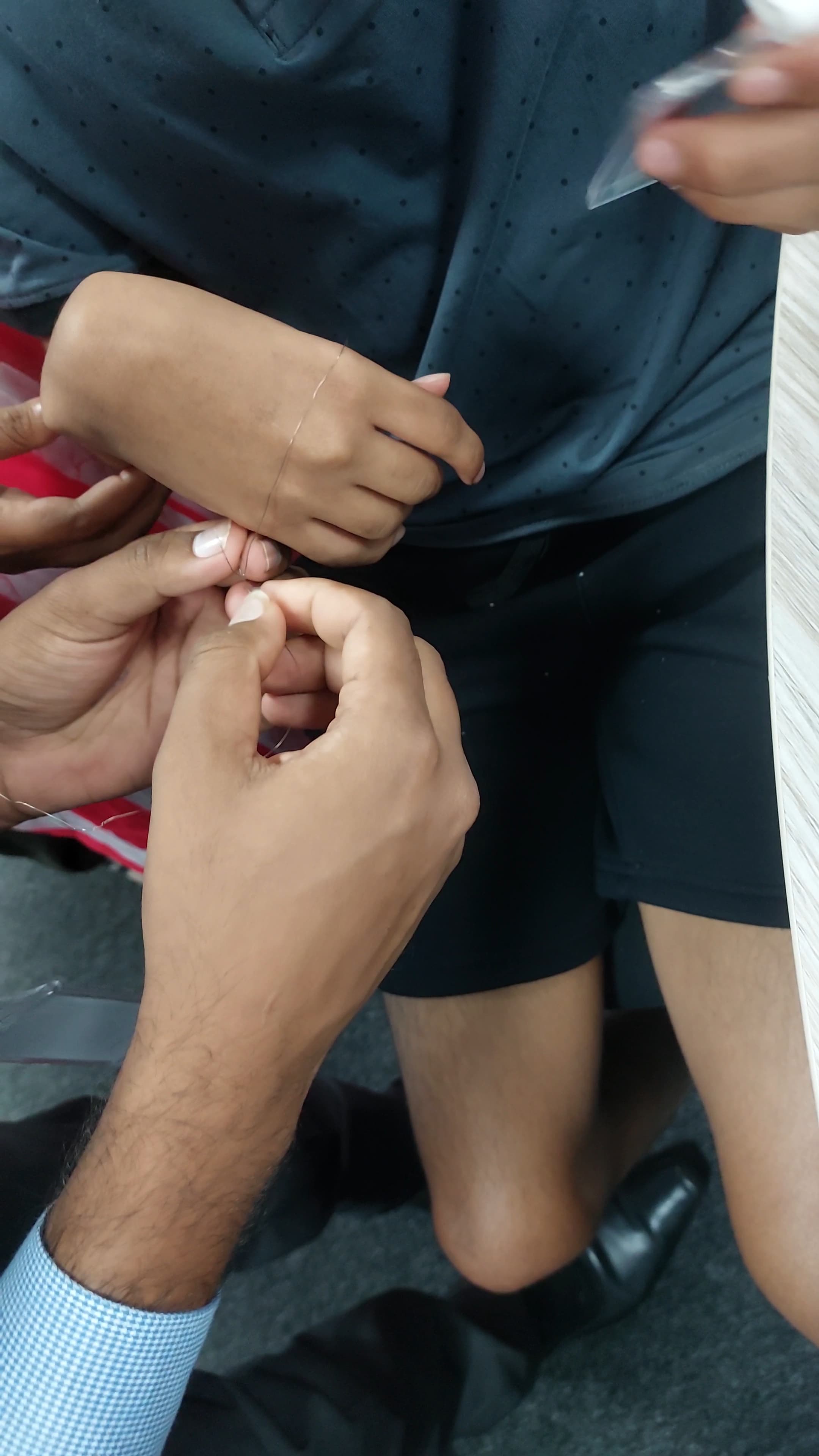
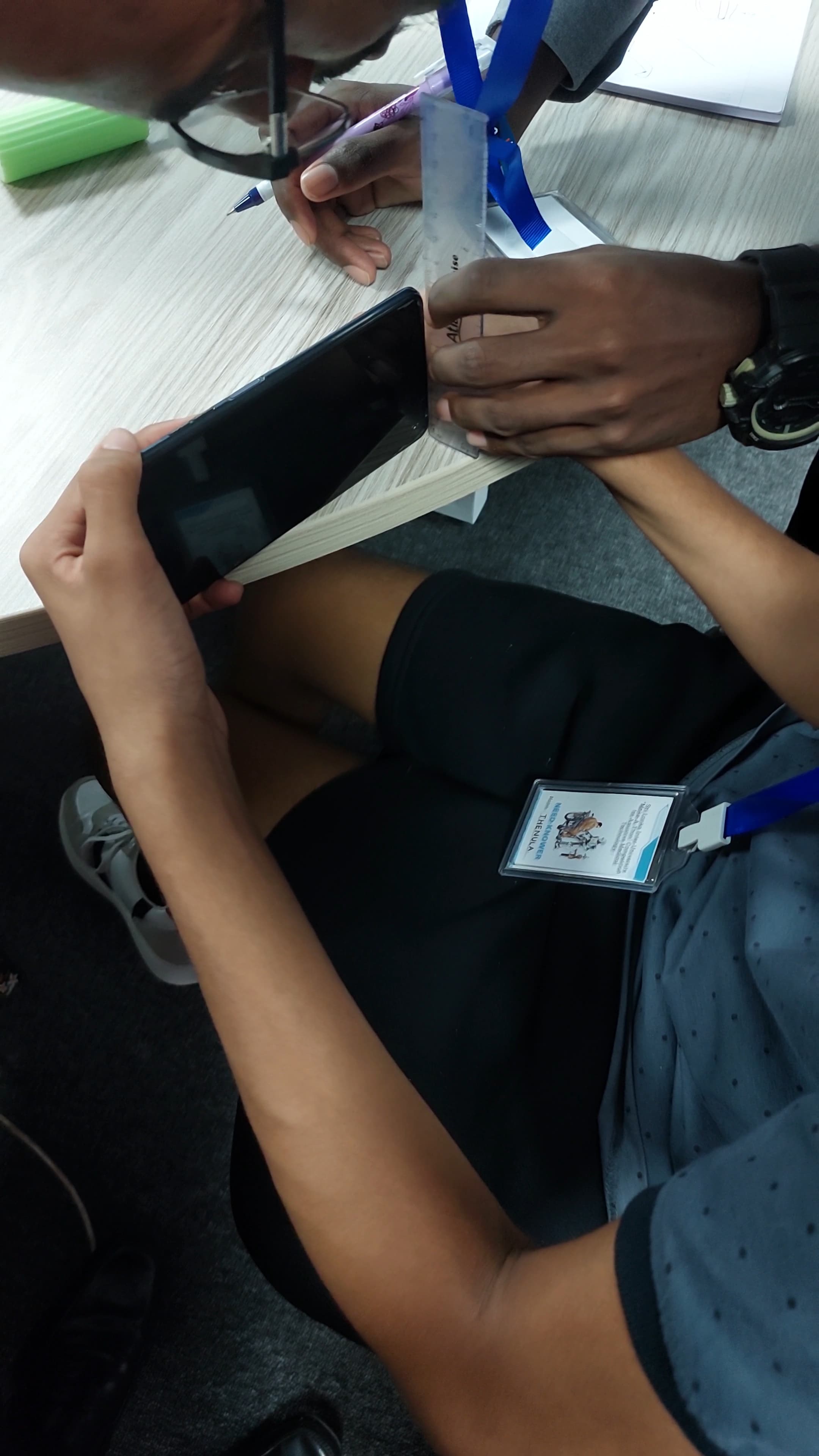
Challenges
How we overcame the challenges
- Accuracy of the measurements of contours/curvatures
- Accurate measurements achieving both comfortability and stability
How we overcame the challenges
- Used a wire and clays for accuracy in capturing contours
- Used a ruler to ensure precise dimensions
- User feedback during the process
The prototype 01
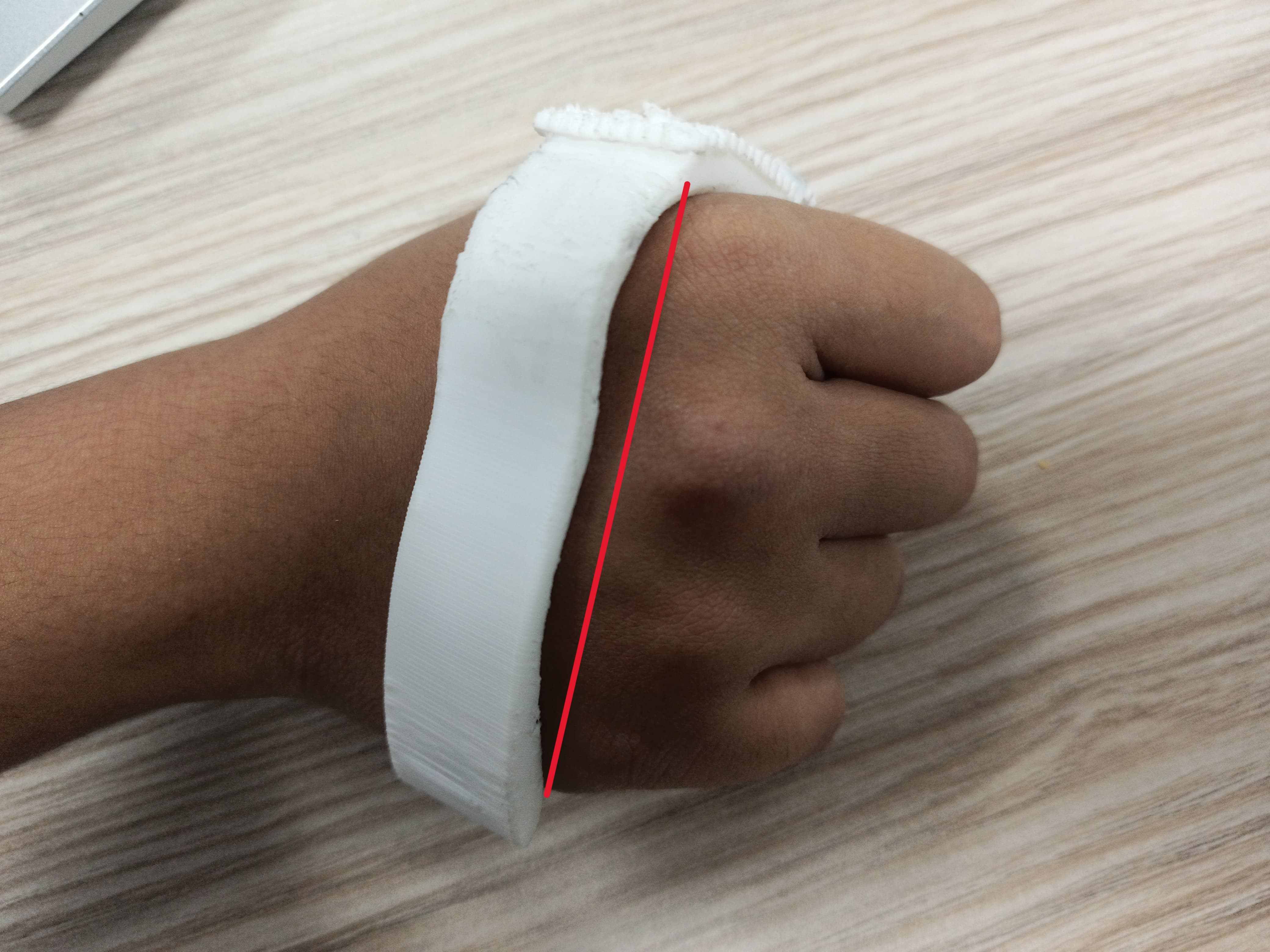
The universal grabber is a versatile tool designed with interchangeable features. It can function as a smartphone holder, spoon holder, key/piano pressing device, and ruler-holding tool. This adaptive aid aims to help the client perform tasks independently.
Our failed attempts
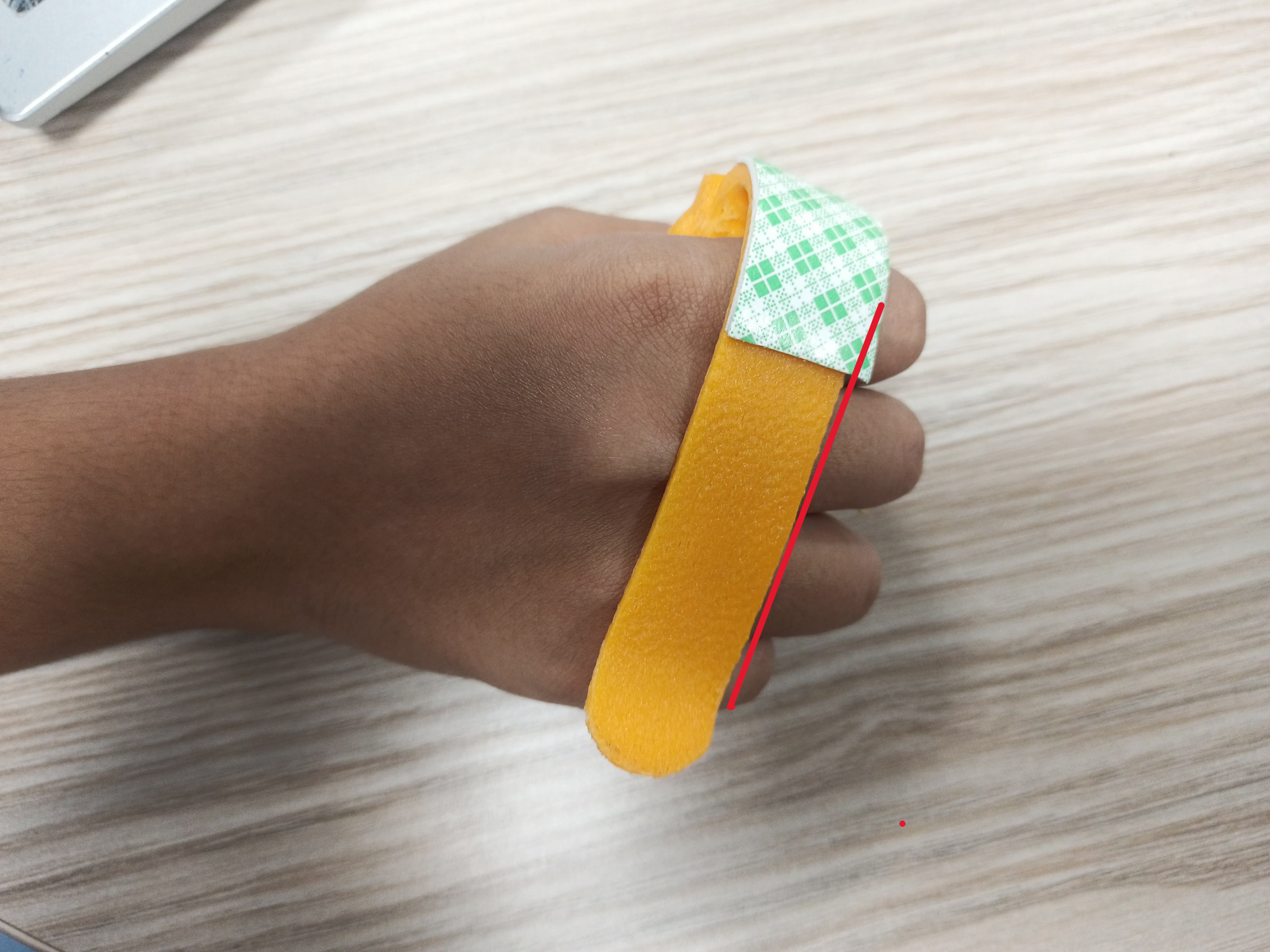
This prototype did not fit the client's hand well, causing discomfort. Wearing it was a bit painful, as it did not provide the necessary support or comfort.
The prototype 02
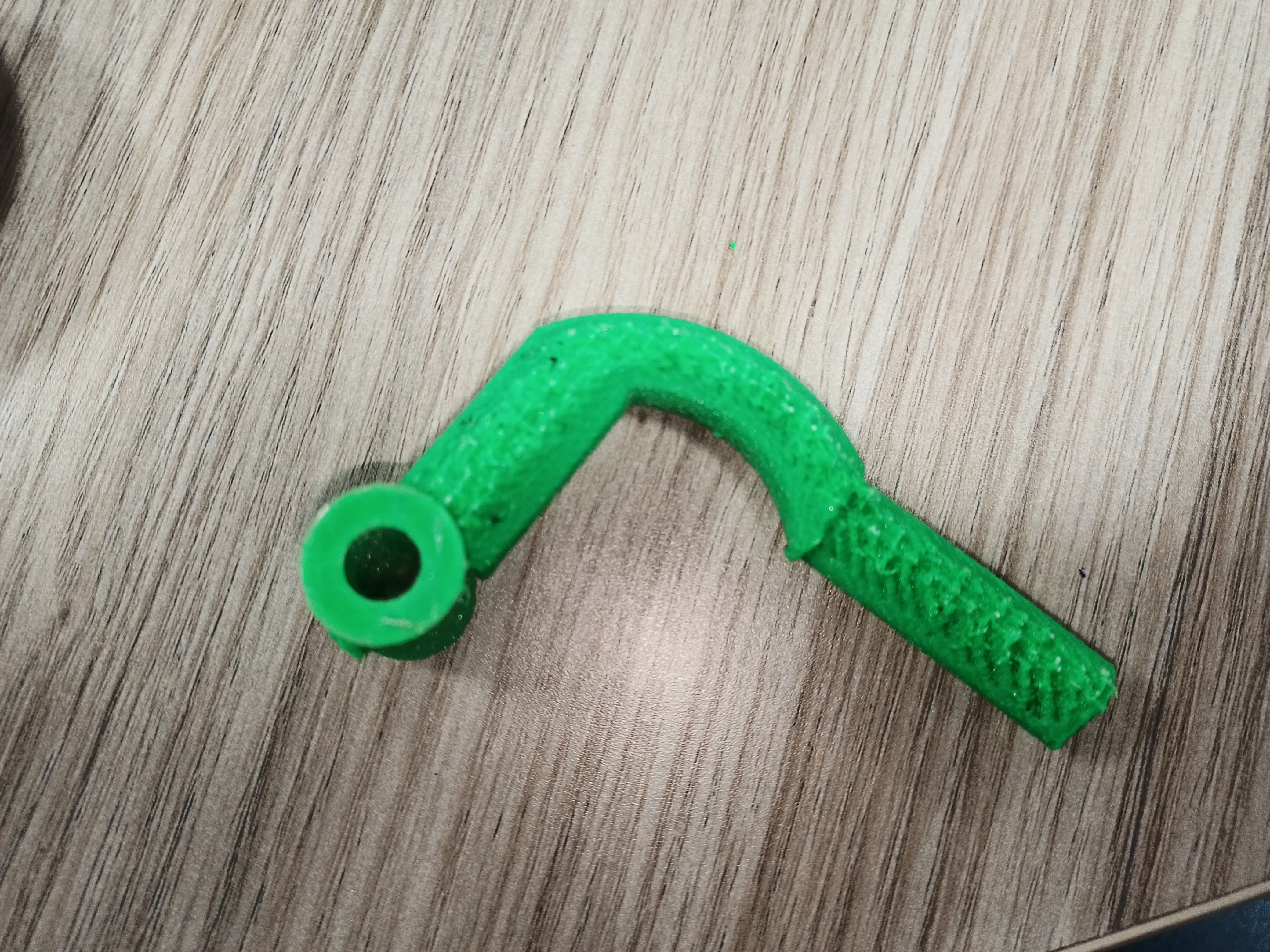
The Pen holder is designed to securely hold a pen or pencil, making drawings easier. With practice over time, he will create drawings that provide entertainment and keep his right hand active. Through this phototype, we are not focusing on his writing with his right hand.
Our failed attempts
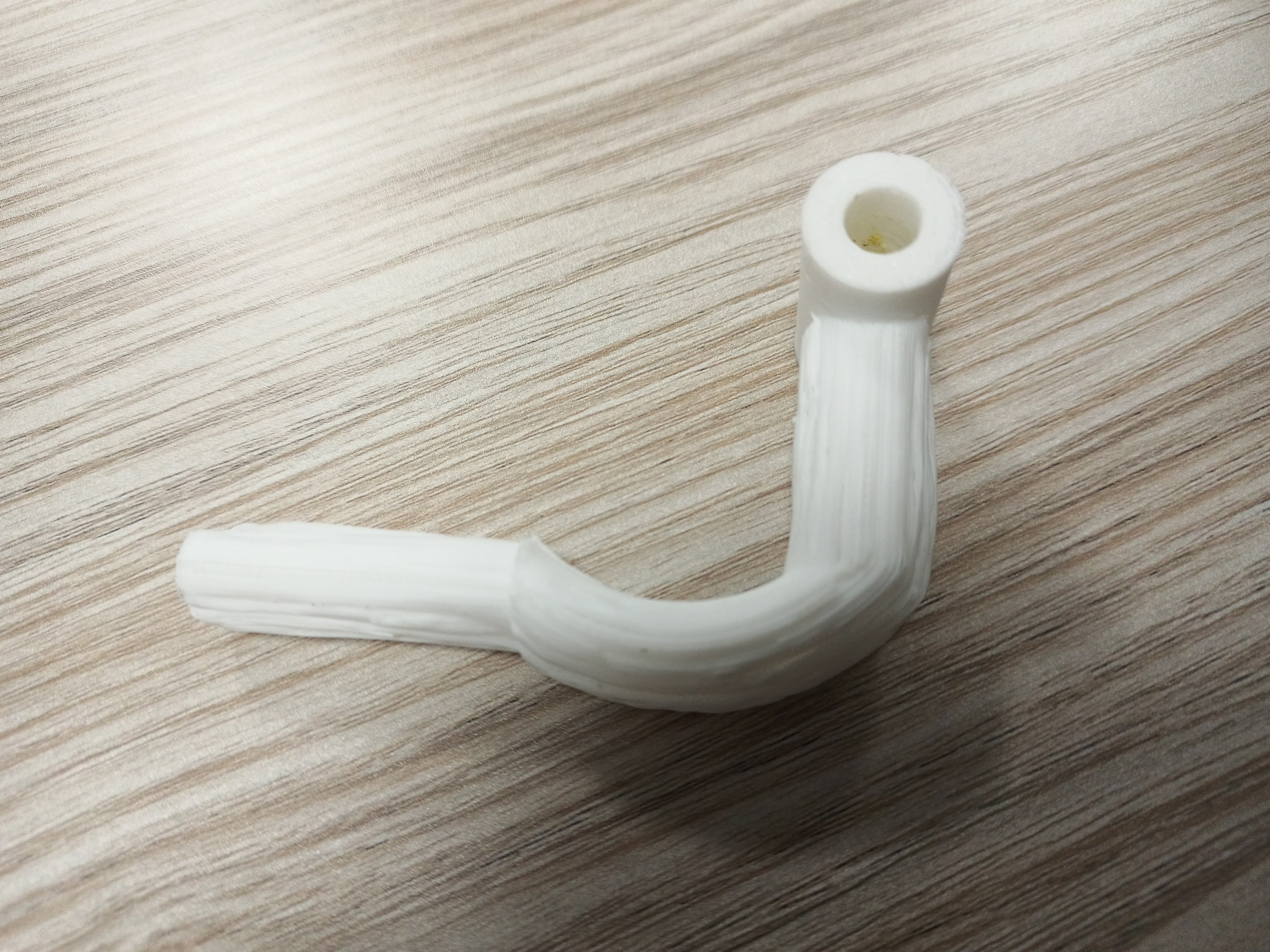
This prototype failed due to incorrect bends and incomplete, improper fillings. These design flaws led to functionality issues and an inadequate fit. We recognized these shortcomings and were working to refine the design with accurate measurements and proper fillings.
The prototype 03
The phone holder helps him to use his mobile phone more easily. He loves to play Minecraft game in online and he plays it by using his left hand. With this holder, he can enhance his education and entertainment while making daily interactions more accessible.
Our failed attempts
This 3D design failed because the phone couldn’t be placed on it properly. The curved part caused the phone to be slippery, making it unstable. We were addressing this issue to provide better grip and ensure the phone stays securely in place for improved functionality. Failed phone holder
The prototype 04
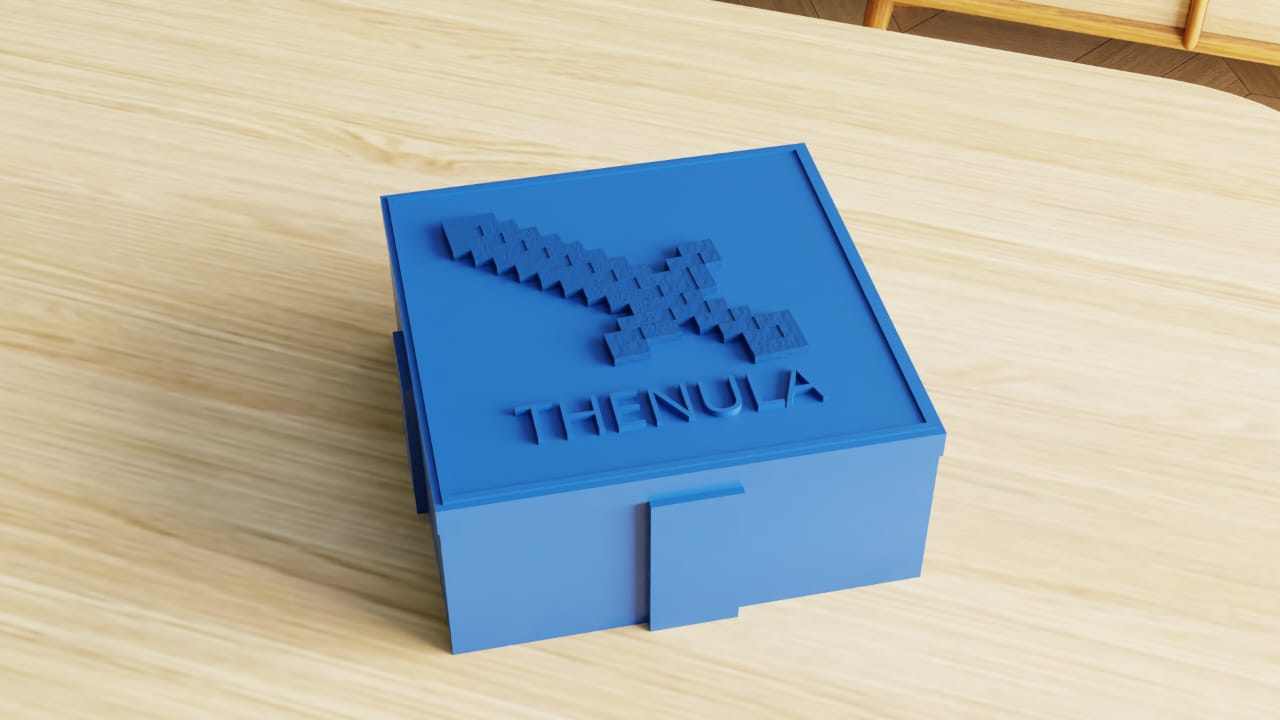
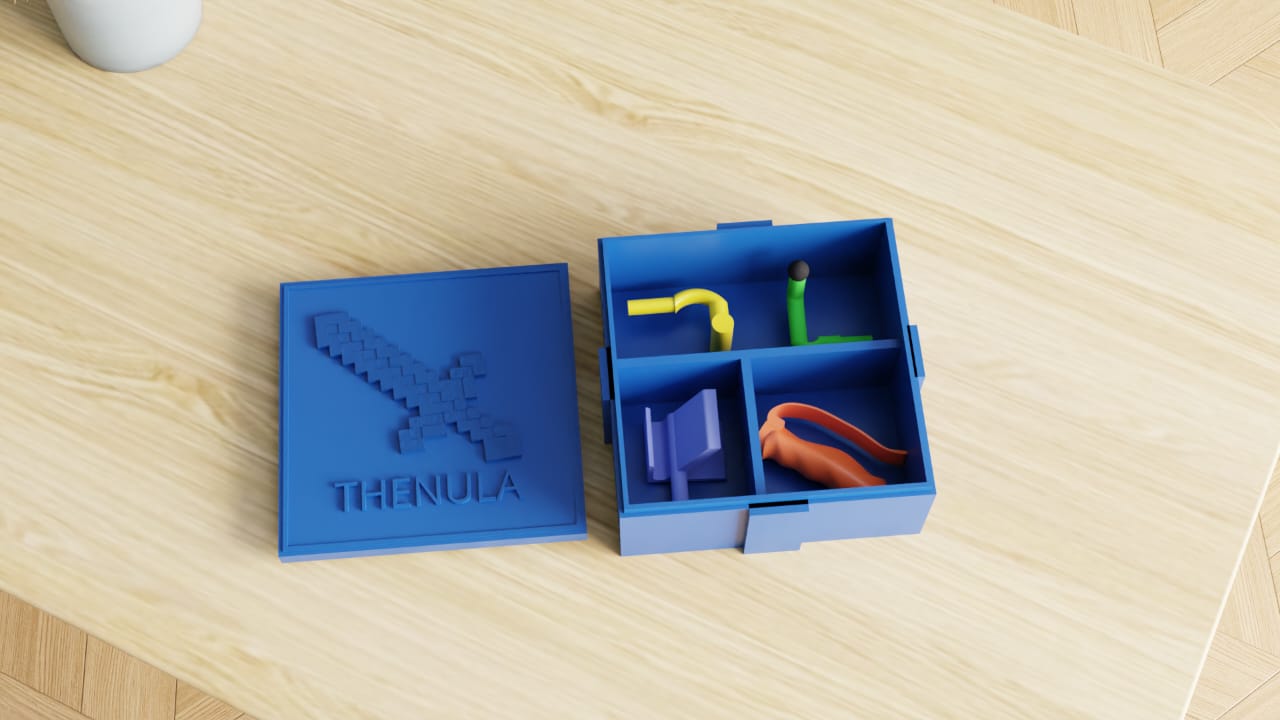
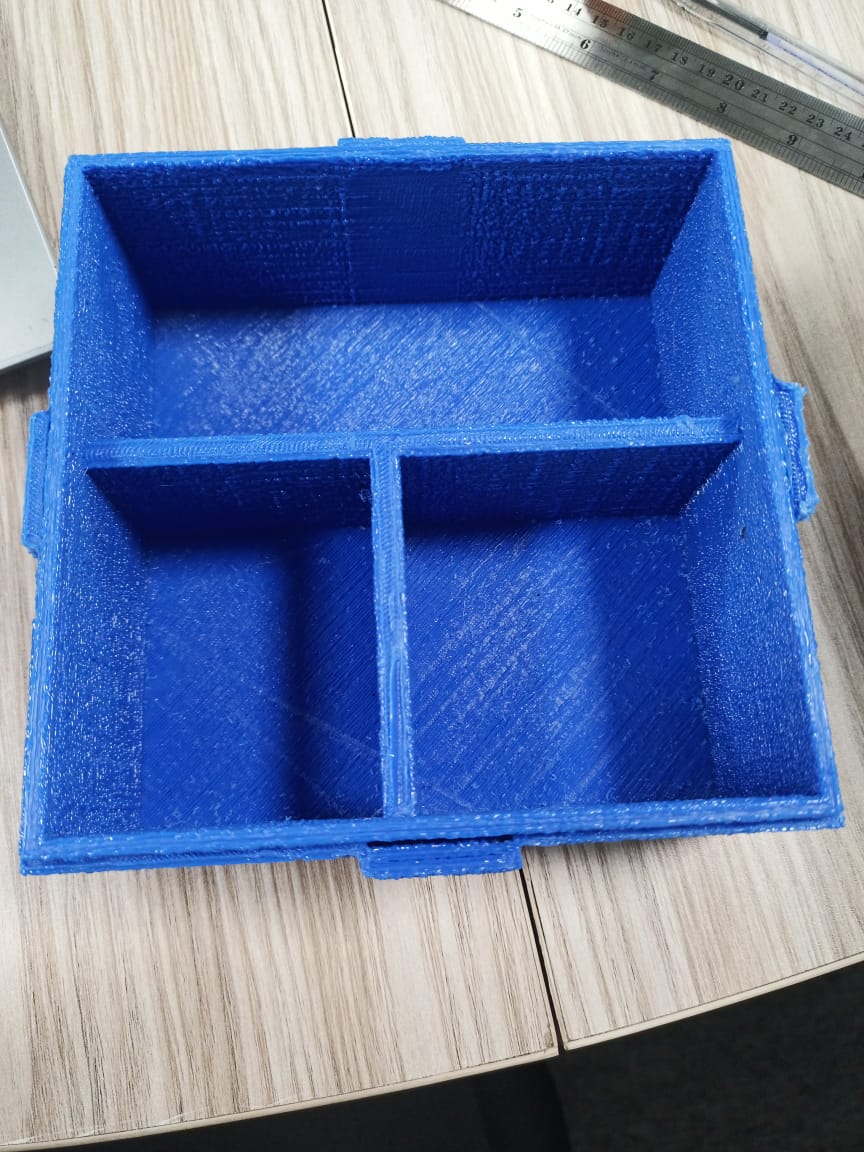
We are designing The UniGrio Toolkit to safely store and organize tools. This compact, durable toolkit ensures secure storage and easy access, making it convenient to transport tools to any location.
Specialities
In the toolbox, we have allocated specific spaces for each tool to ensure safe storage. To further protect the tools, we have added sponge padding, preventing damage and ensuring they remain securely in place.
The prototype 05
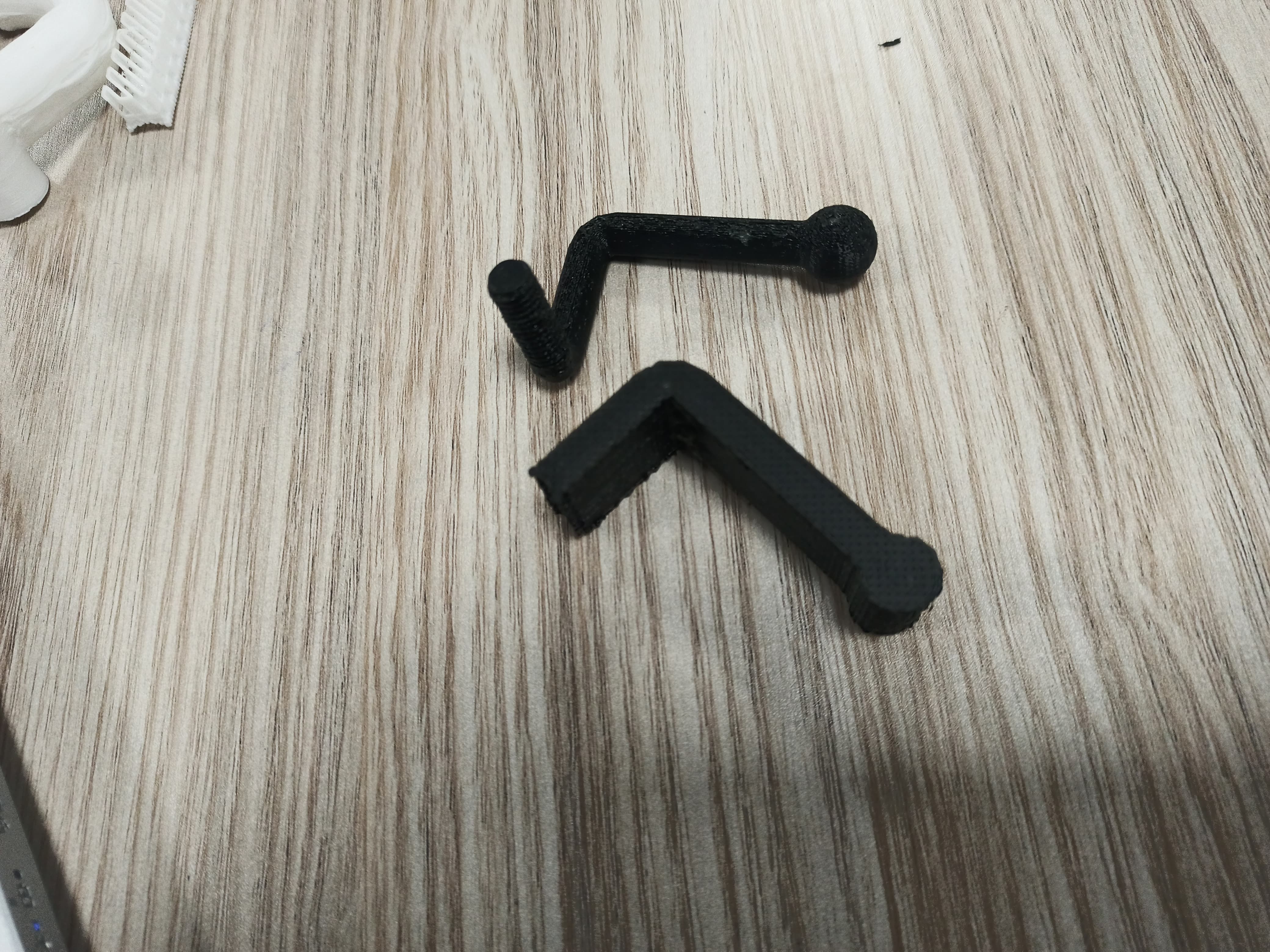
The rubber presser helps securely hold a ruler or other objects, preventing slipping. Its design ensures a stable grip, making tasks like measuring or drawing easier and more precise. This tool enhances control and independence, improving the overall user experience.
Our commitement
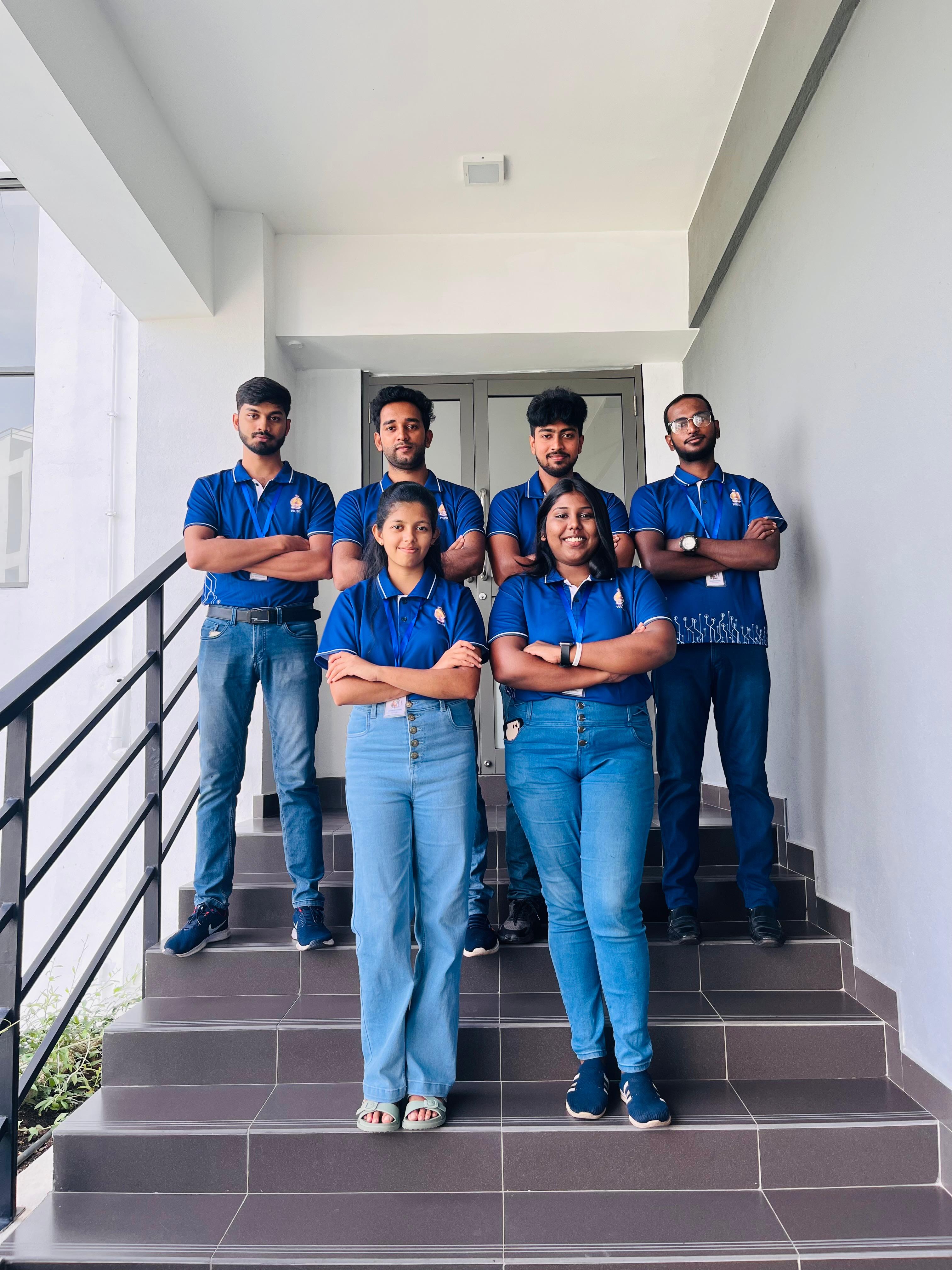
Team members
- Leader :Mr. Suchira Hathurusinghe
- Sub-leader : Mr. Chandima Lakshan
- Prototype leader : Mr. Ruwan Bandara
- Testing leader : Mr. Chithsara Basitha
- Documentation leader : Miss Vihanga Lihini
- Presentation leader : Miss Thanya priyadarshana
Special Thanks for..
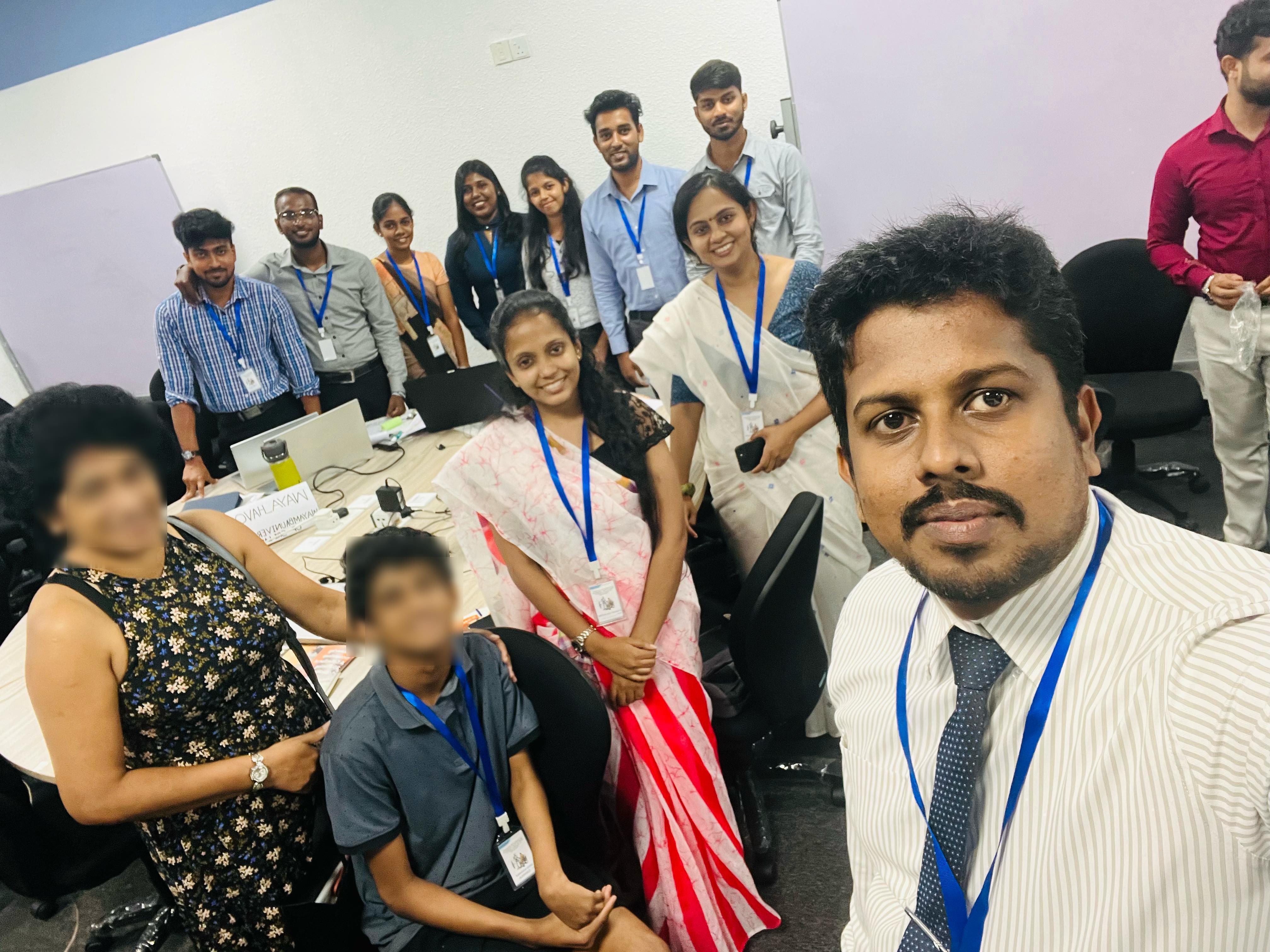
Special thanks for Mr. Supun Waduge (Occupational Therapist), Mrs. Gayanthi Kodituwakku (Lecturer/SLT) , Miss Lakna Pussella (UG|Bsc. SLT), Miss Aushika Dillrangi (UG|Bsc. OT)